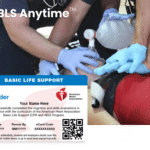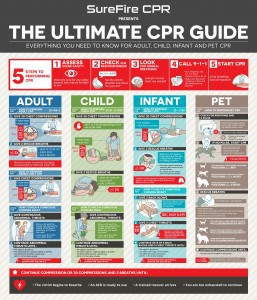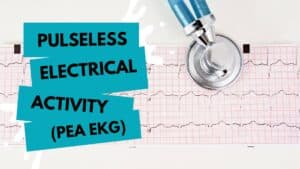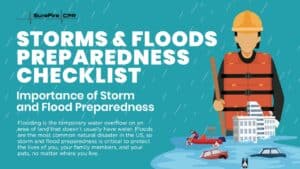“Code Blue” – that simple dispatch will stop most warm-blooded human beings in their tracks. Although designated as a by-word to call first responders into action, the moniker is chillingly familiar to the average lay-person.
The American Heart Association recognizes this and has now implemented its Basic Life Support protocols to reinforce those willing to learn basic CPR and demonstrate their skill in times of need. Facilitation of a simpler protocol supportive of the by-stander CPR practice has long been overdue. Rarely is the call for assistance needed greater than when the event occurs outside of a controlled hospital setting. With the advent of studies supporting compressions as the primary focus for CPR administration, the general population is better able to deliver life-saving CPR without the fear that surrounds airway protocols.
Well established concerns from non-professional healthcare workers who are rarely supplied with appropriate personal protective equipment (PPE) have been a roadblock to an initiation of CPR utilizing the A-B-C methods. Clearing an airway of debris or bodily excrements is a major deterrent for many, particularly given the increase in public awareness of communicable diseases through bodily fluids. Mouth-to-mouth resuscitation is not an option for most no matter the cost to the victim. Fortunately, the American Heart Associate has recognized this as an issue to initiating immediate CPR under the A-B-C method, noting that precious minutes are lost as bystanders contemplate their willingness to provide mouth-to-mouth under certain circumstances. To remedy this, the AHA has redesigned the acronym from A-B-C to C-A-B (Compressions – Airway – Breathing).










